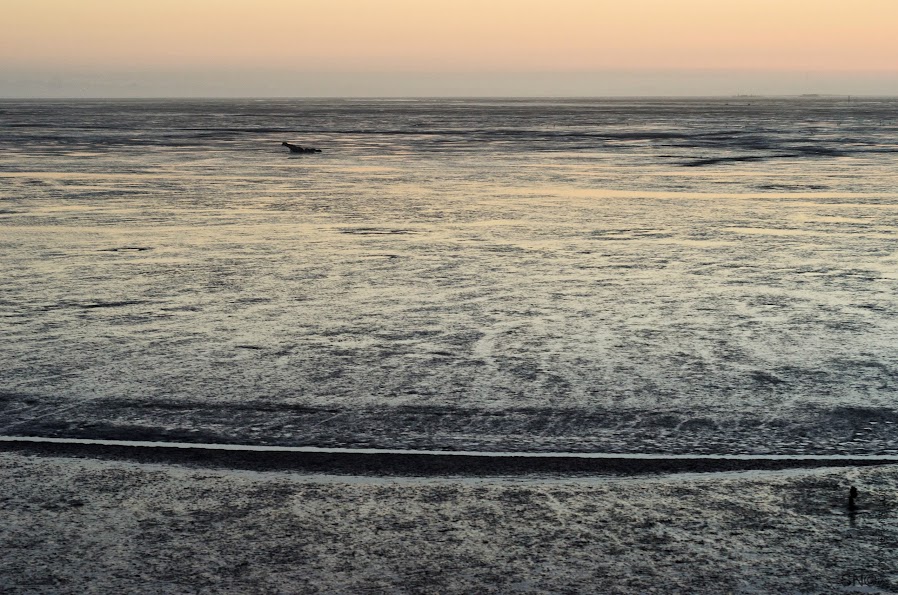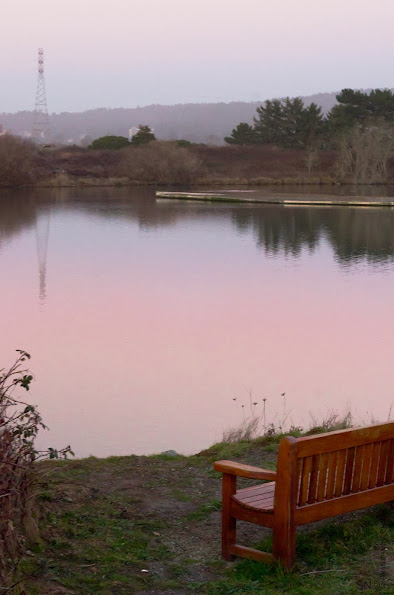Perhaps you’ve been watching the amazing Neil deGrasse Tyson on the Cosmos television series? Last night, he touched on the fact that stars have long been used as a calendar, indicating when new seasons are around the bend [get planting, you!]. Certain constellations are tightly tied with seasons–such as Orion and Winter.
This winter, I’d been fussing about how slowly Orion moves. He’d climb over the eastern mountains, dangle over the Golden Gate Bridge [from the Marin Headlands, of course], and all and all, be a slow poke about his waltz across the sky. My impatience, stemming from the fact that I don’t usually look at the winter night sky, kept growing. It’s so difficult to live in a place where the temperature is mild year round [Ha! But I don’t ever feel warm.]. We made several trips up to Kneeland, a patch of human-created prairie where the astronomy club meets, this winter to stand in a forest of telescopes and gawk with like-minded folks and only encountered nippy conditions, but no frostbite. To me, looking at the stars says very loudly SUMMER! My brain, in that warm, wind-swept prairie of South Dakota-mode, wondered why long underwear was necessary, and why the stars weren’t as familiar. Sirius? Isn’t that some form of radio?? Aldebaran? Don’t you mean Altair? And who is this Orion fellow anyway? Hercules! Hercules! [In my defense, my star gazing occurs between the hours of 9 and 12 pm–no early morning viewings for me, hence the missing the “other” part of the sky.]
So last night, after what feels like a long winter [probably since there was hardly any rain–hardly a winter!], the Big Dipper pointed to two bright stars [and one planet] creeping over the eastern mountains–Arcturus and Spica [and Mars–that’s a story for another day]! Summer stars, the stars I’m most familiar with, were shining and climbing. Soon they will be directly overhead, crowning the night skies of summer. Good Bye Orion! Good Bye Stars of Winter!
![Orion sinks into the Pacific [center left], Sirius, the brightest star we see, glows in foggy conditions [left]. Taurus and the Pleiades follow to the right. All of these are topped by the Milky Way running horizontally across the top of the photo. The orange glow of Eureka competes with the blue light from the Trinidad Head Lighthouse [on right].](https://sniehans.wordpress.com/wp-content/uploads/2014/03/dsc_4108.jpg?w=660&h=437)
Even with some light pollution but less-densely populated, we are lucky to live in such a dark area. Orion sinks into the Pacific [center left], Sirius, the brightest star we see, glows in foggy conditions [left]. Taurus and the Pleiades follow to the right. All of these are topped by the Milky Way running horizontally across the top of the photo. The orange glow of Eureka competes with the blue light from the Trinidad Head Lighthouse [on right].











